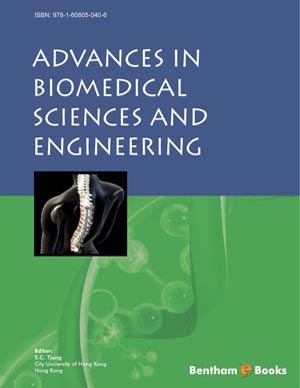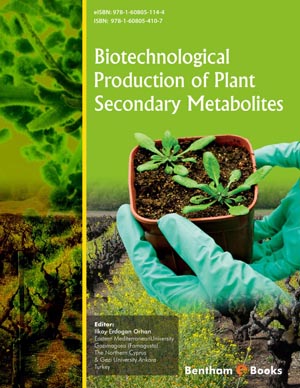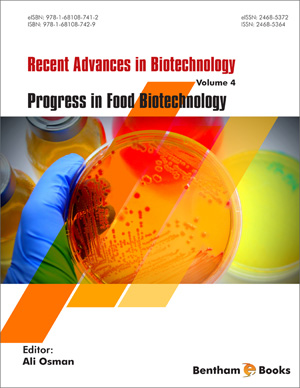Abstract
For centuries, men have used microorganisms for their activities and abilities to produce metabolites of interest such as antibiotics or pigments. Lipids are now under the spotlight as applications can be found in several domains. With the growing awareness of climate change and the depletion of petroleum resources, microbial lipids, which share similar fatty acids profiles with those of vegetable oils currently used in biofuels, compete as potential candidates for the development of green biodiesel. Oleaginous microorganisms can assure this production with substantial productivity, using various low-cost types of substrates. Lipids formed by microorganisms can also be interesting from a dietary point of view, as some microorganisms are able to produce polyunsaturated fatty acids. These PUFAs, such as those belonging to the omega-3 and omega-6 series, are known for their benefits to human health. The use of microorganisms represents a promising way to produce PUFAs at lower cost and with a higher yield. This chapter discusses various potent microorganisms, especially bacteria and fungi, for single-cell oils production designed either for the energy field or the dietary domain, the metabolic ways involved, the culture conditions and the downstream processes of manufacturing.
Keywords: Alpha-linolenic acid, Arachidonic acid, Biodiesel, Biofuel, Dietary supplement, Docosahexaenoic acid, Edible oil, Eicosapentaenoic acid, Essential fatty acid, Fatty acid, Fungi, Gamma-linolenic acid, Linoleic acid, Lipid, Oleaginous yeast, Omega-3 series, Omega-6 series, Polyunsaturated Fatty Acid, Transesterification, Vegetable oil.

















